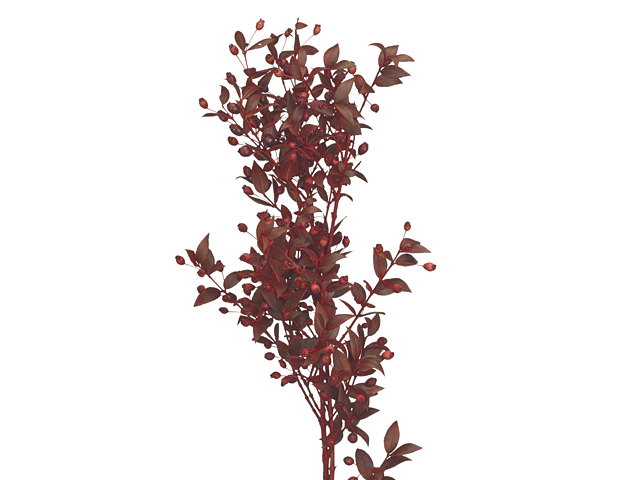Myrtus communis berry colour treated H% per bunch

Myrtle, scientifically known as Myrtus communis, is a fragrant evergreen shrub that is widely cultivated for its ornamental features, aromatic leaves, and medicinal properties. One of the standout features of this plant is its berries, which come in a variety of colors and have been utilized for centuries for their numerous benefits.
The berries of Myrtus communis, also known as myrtle berries, are small and round, resembling tiny grapes. They can range in color from purplish-black to deep red, depending on their stage of maturity. These berries are usually gathered in bunches, adding an aesthetic appeal to the plant.
As of late, there has been an interesting development in the cultivation of Myrtus communis berries, particularly with regards to their color. Researchers have been experimenting with various color treatments to enhance the appearance and commercial value of these berries.
One such color treatment is H%, which refers to the use of hydrogen peroxide to alter the berry color. This treatment involves soaking the berries in a hydrogen peroxide solution, which causes a chemical reaction resulting in a change in color. The effectiveness of this treatment is measured by the percentage of hydrogen peroxide used and the duration of the treatment.
The purpose behind such color treatments is primarily to cater to the ever-evolving demands of the market. By manipulating the color of Myrtus communis berries, producers can create visually appealing products that stand out on grocery store shelves. Additionally, these treatments can also prolong the shelf life of the berries, making them more desirable to both consumers and retailers.
However, it is important to note that these color treatments do not alter the taste or nutritional value of the berries. Whether the berries are naturally or artificially colored, they still retain their characteristic sweet and slightly acidic flavor. Furthermore, Myrtus communis berries have long been recognized for their antioxidant properties and potential health benefits.
While the idea of color treating Myrtus communis berries may be relatively new, it is not uncommon in the world of agriculture. Throughout history, farmers and horticulturists have employed various techniques to enhance the appearance and quality of crops. With advancing technology and a growing consumer demand for visually appealing produce, color treatments have become just another tool in the agricultural toolbox.
As with any agricultural practice, it is crucial to ensure that these color treatments adhere to established regulations and do not pose any harmful effects on human health or the environment. The use of hydrogen peroxide, for example, must be carefully monitored to prevent any potential negative impacts.
In conclusion, Myrtus communis berries are not only known for their ornamental value and aromatic properties but also for their potential as a commercially viable crop. The recent development in color treatments, such as the use of hydrogen peroxide, has opened up new possibilities for enhancing the visual appeal and marketability of these berries. However, it is essential to strike a balance between satisfying consumer demands and maintaining the natural integrity and safety of these fruits.
Market availability index by month:
| Jan. | Feb. | Mar. | Apr. | May | Jun. | Jul. | Aug. | Sep. | Oct. | Nov. | Dec. |
|---|---|---|---|---|---|---|---|---|---|---|---|
| 2 | 2 | 1 | 2 | 1 | 1 | 1 | 1 | 1 | 1 | 4 | 3 |